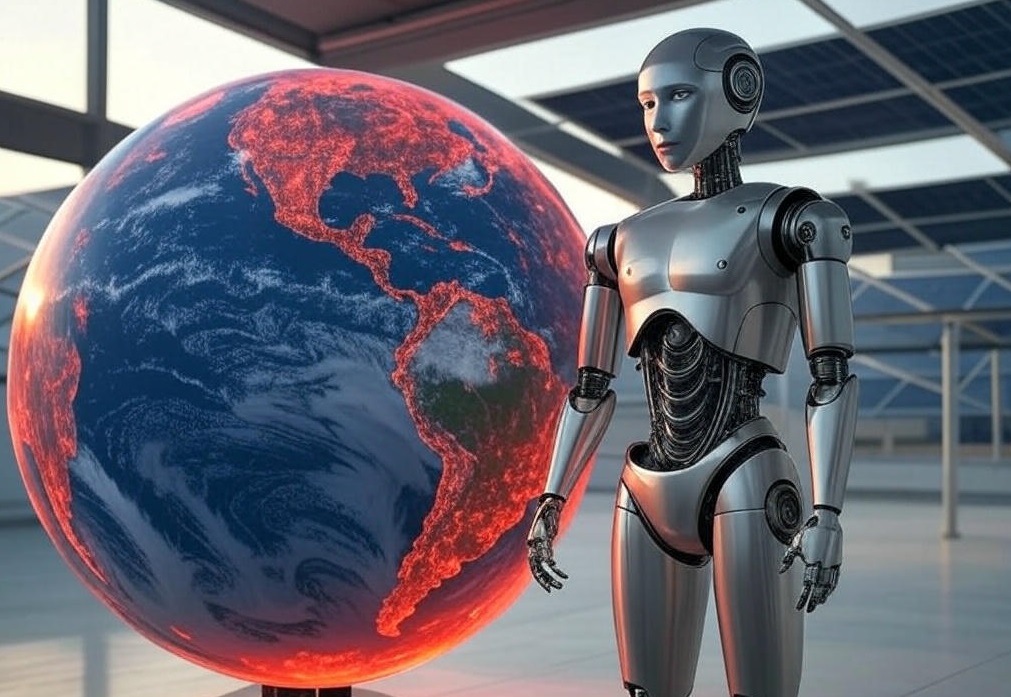
Introduction
Environmental pollution is one of the greatest global challenges facing humanity. Pollution of the air, water, and soil negatively impacts human health, ecosystems, and the climate. In response to these threats, artificial intelligence (AI) offers new tools for monitoring, analyzing, and solving environmental problems. AI helps optimize purification processes, predict pollution, and develop effective strategies to combat ecological threats.
AI for Air Pollution Monitoring
One of the most important applications of AI in ecology is monitoring air quality. Atmospheric pollution is a major cause of many diseases, such as asthma and lung cancer. With AI, it is possible to develop systems that monitor the levels of pollutants in the atmosphere in real time, such as carbon dioxide, nitrogen oxides, and other harmful compounds.
AI systems can analyze data from sensors installed in various parts of a city or industrial area and forecast when pollutant concentrations may reach dangerous levels. This allows for timely alerts to the public and the implementation of measures to improve air quality.
AI in Water Purification and Monitoring of Water Resources
Water pollution is another global issue threatening human health and ecosystems. AI enables not only the monitoring of water quality but also the development of innovative water purification methods. AI algorithms can analyze pollution data in real time and determine where and what actions need to be taken to clean water bodies.
Furthermore, AI supports effective water resource management. Water is a limited resource, and its efficient use is vital for sustainable development. AI can optimize water distribution across agriculture, industry, and urban areas, reducing waste and ensuring fair usage of this resource.
AI for Waste Management and Recycling
Soil pollution and waste accumulation are significant ecological challenges. AI is increasingly used in waste management, waste sorting, and recycling. For instance, AI can automate the sorting process, significantly improving recycling efficiency. Robots powered by AI can accurately identify waste types and direct them to appropriate recycling areas.
Moreover, AI contributes to the development of new recycling methods, enabling efficient processing of materials that were previously considered non-recyclable.
The Future of AI in Combating Environmental Pollution
The prospects of using AI to fight environmental pollution are very promising. In the future, we can expect major advancements in pollution monitoring, water and air purification, and waste recycling. AI could help build systems that solve environmental problems in real time, improving people’s quality of life and protecting the planet.
Additionally, as technology advances, AI is expected to provide new solutions for the sustainable use of natural resources and pollution prevention. It will also aid in developing environmentally friendly technologies that minimize human impact on the environment.
Conclusion
Artificial intelligence is already playing an important role in addressing environmental pollution. It assists in monitoring air, water, and soil pollution, developing purification and recycling methods, and predicting environmental risks. In the future, AI could become a key tool in creating sustainable, eco-friendly technologies that will help humanity preserve the planet for future generations.
